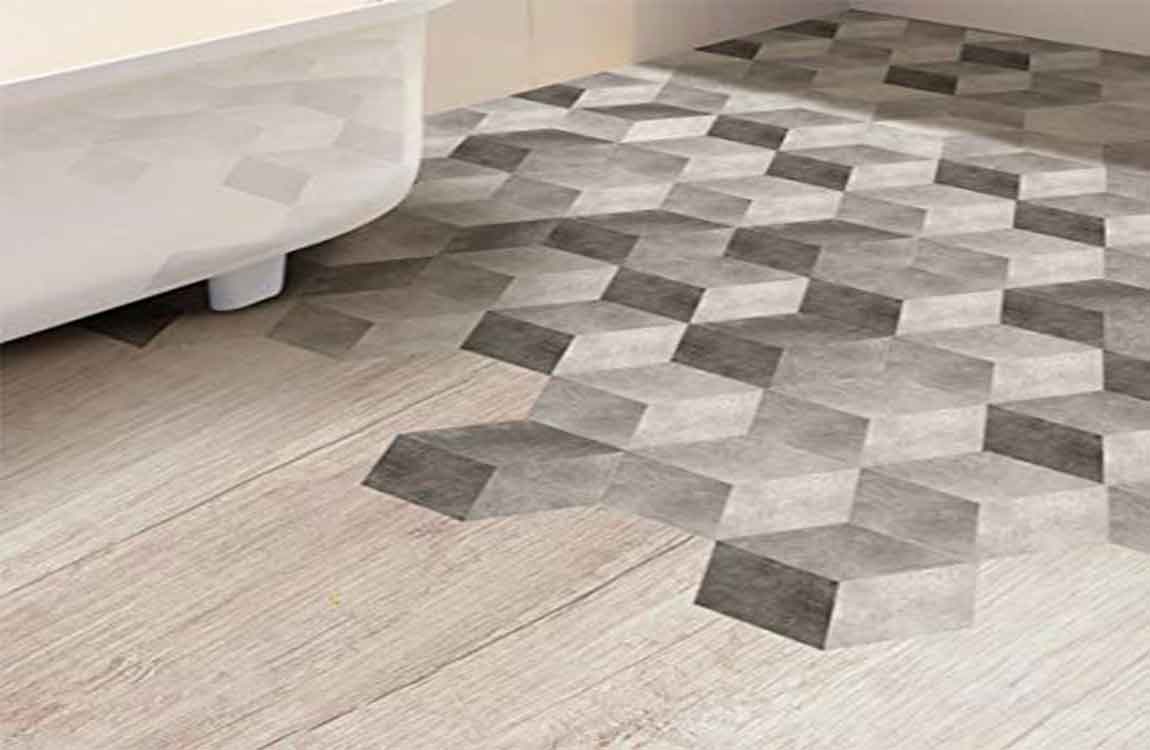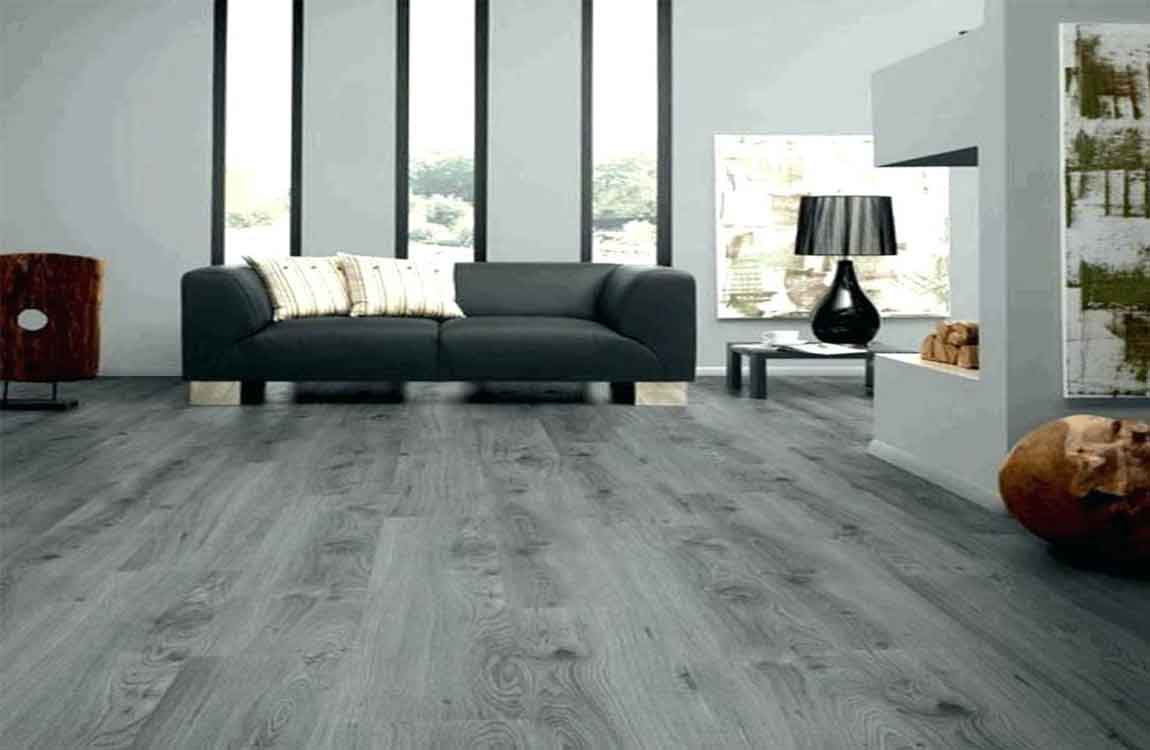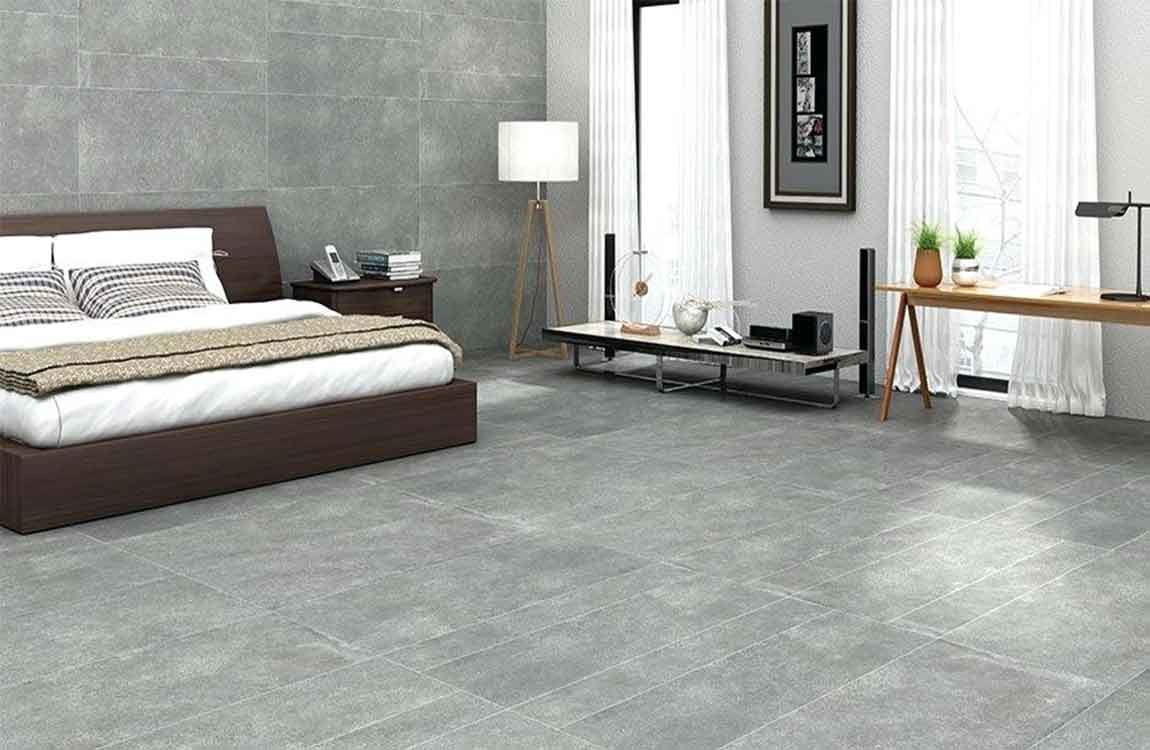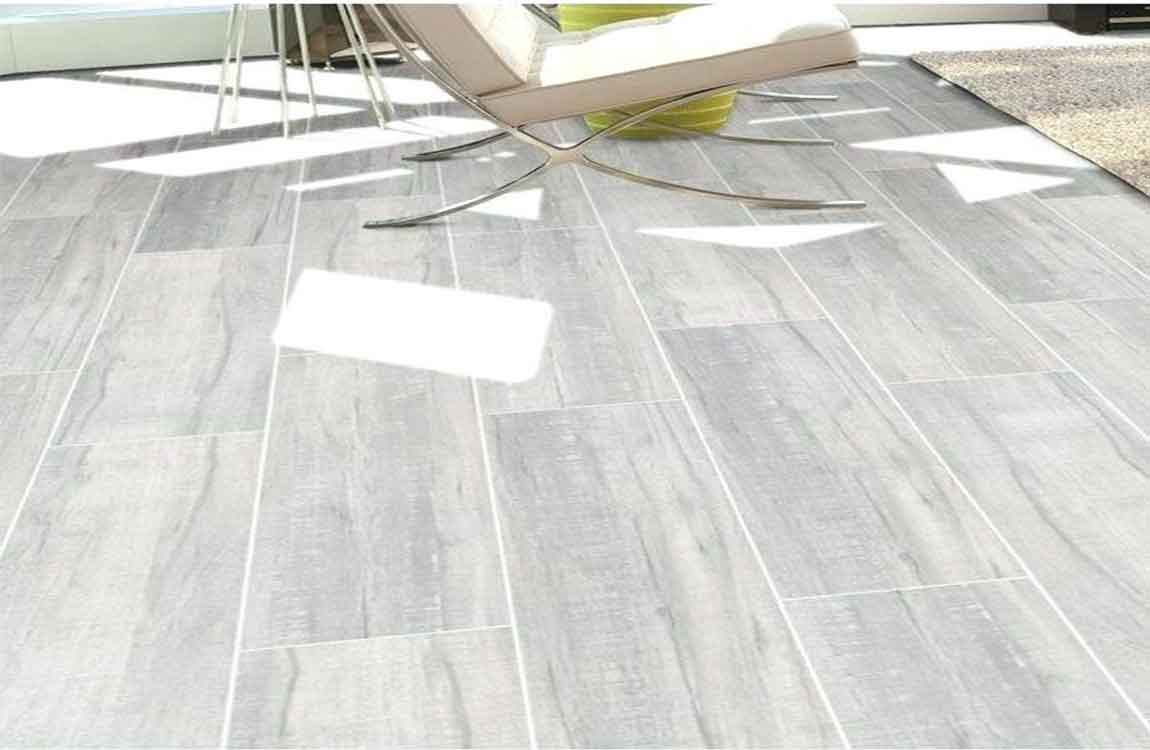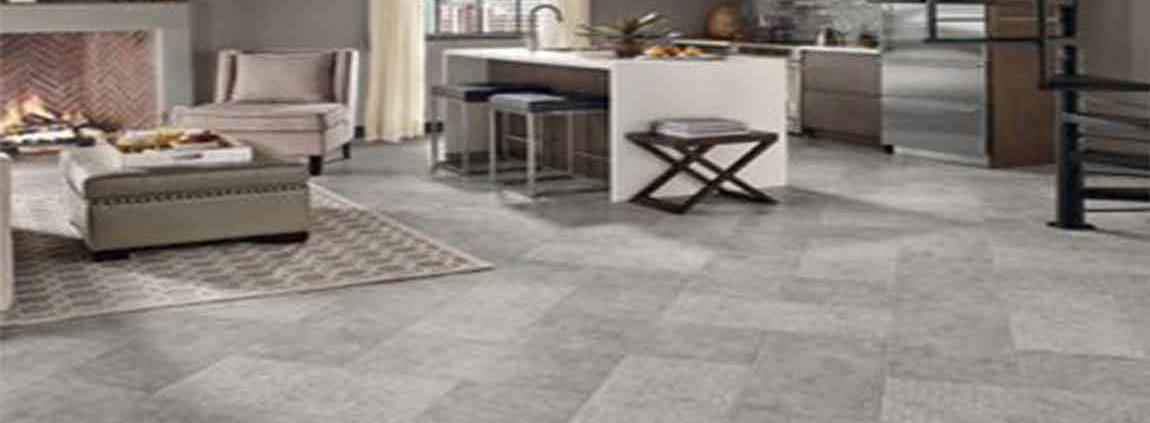How to Clean Bluestone tiles?
Bluestone tiles is a natural stone similar to granite or slate. It can be used as tile indoors or on a Patio Tiles, countertops, door and window fixtures, and more. To clean Bluestone tiles, you can use dish soap, water, and a scrub brush.
If it’s particularly dirty, you may need to use a stronger cleaner to remove stubborn stains. To keep your Bluestone tiles looking brand new, remember to clean it regularly and deal with spills as soon as possible. You can also try a sprayer nozzle, but that may not be powerful enough.
Scrub organic stains with hydrogen peroxide and a bit of ammonia. Scrub the area with a 12% hydrogen peroxide solution; you can buy it at this percentage in the store.
Add a couple of drops of ammonia to particularly stubborn stains. If the stains don’t seem to be coming up right away, leave it on the stone for 5-10 minutes, then rinse the area thoroughly. Organic stains include food, coffee, fecal matter, urine, and even blood stains.
The best chemical cleaners are non-abrasive and feature organic surfactants and disinfectants as their primary active ingredients. Disinfecting wipes can make a great cleaning aid when you want to sterilize Soapstone tiles countertops in a hurry after working with raw meat or similar ingredients.


















